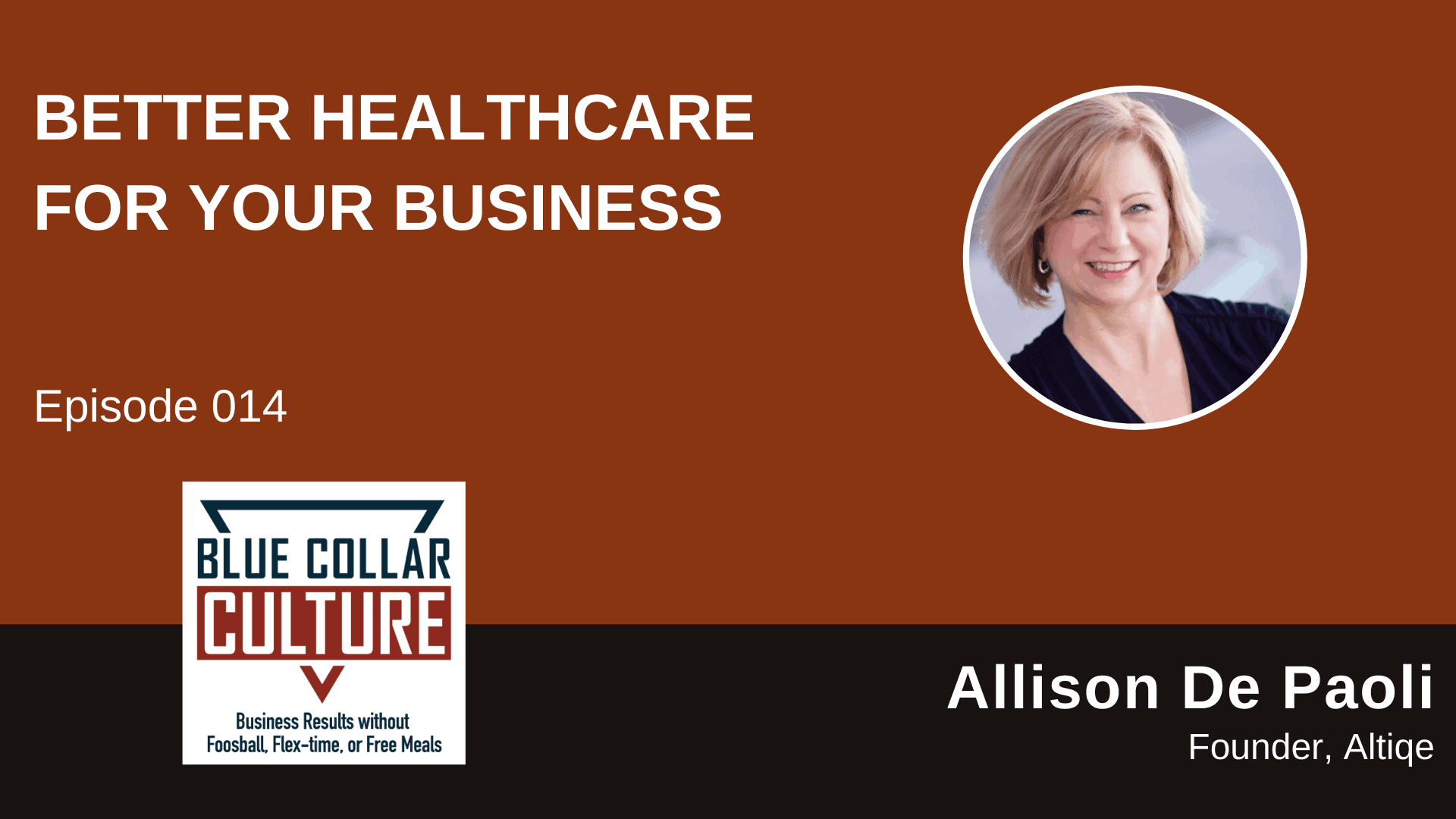Small and medium-sized businesses in the U.S. are facing a crisis: employee healthcare plans. The costs are out of control and going up… while benefits don’t offer a great experience for employees.
Allison De Paoli of Altiqe Consulting has experience on the provider side and now helps owners create benefits programs that don’t break the bank and provide better care – which helps attract top talent.
One way is to take out the hidden healthcare costs most people aren’t aware of, including one component of typical plans that could save you 25% to 30% without disrupting your employees
- The dirty little secret of healthcare
- How better healthcare benefits your entire business
- Quality health insurance plans for companies with less than 100 employees
- Why you should switch providers – and how to do it right
- The impact of having an advisor who sits on your side of the table
Listen now…
Mentioned in this episode:

